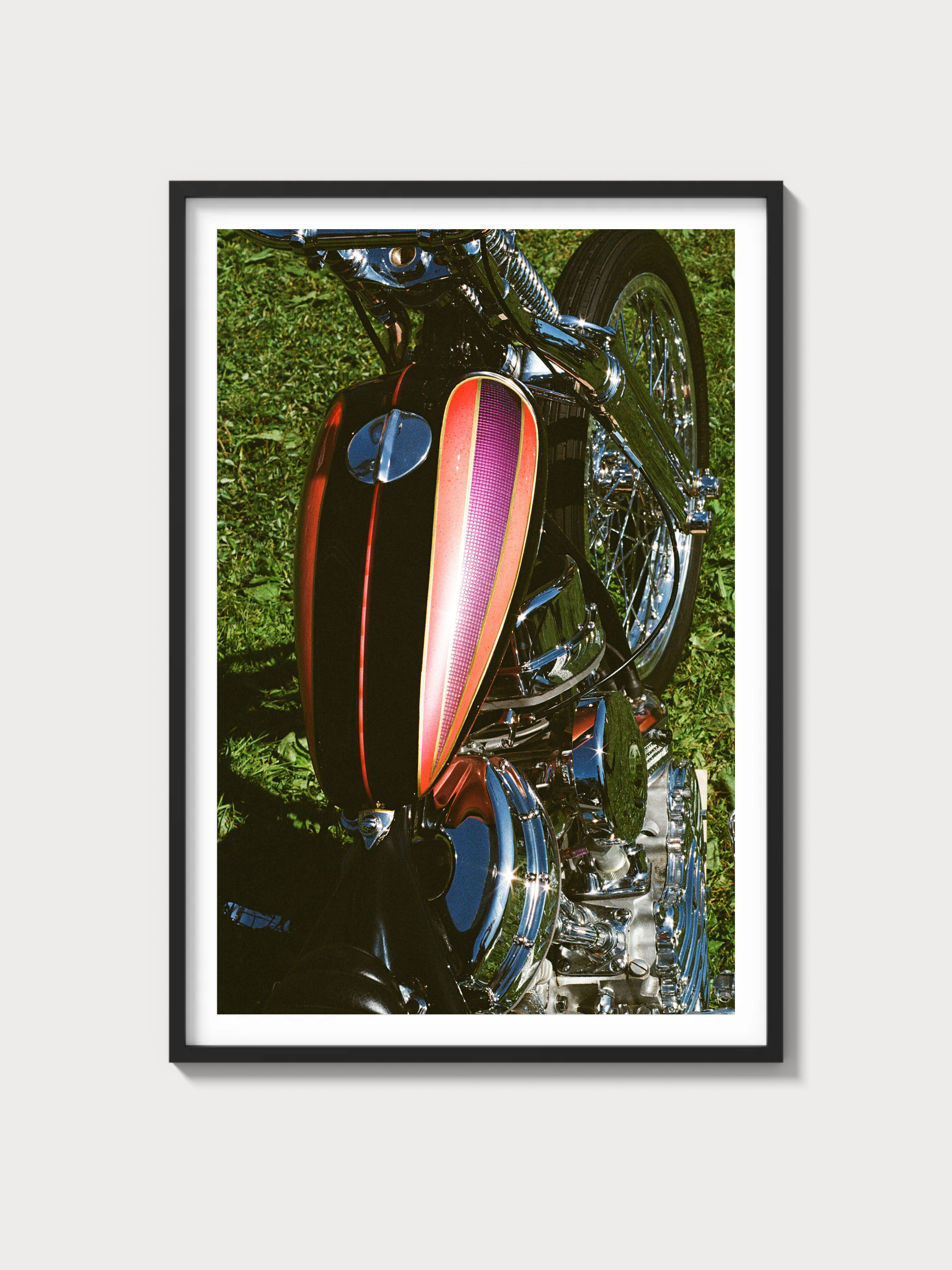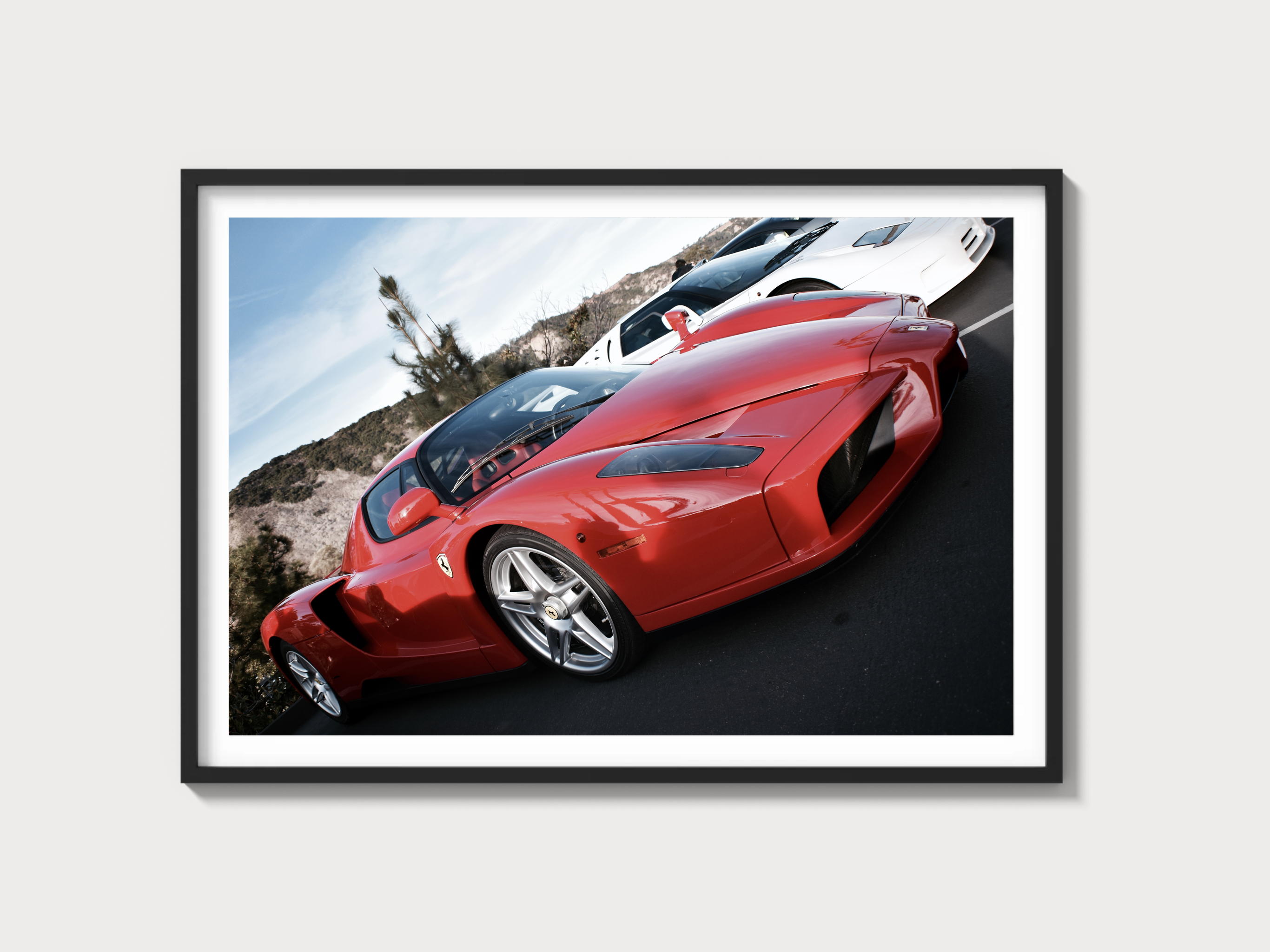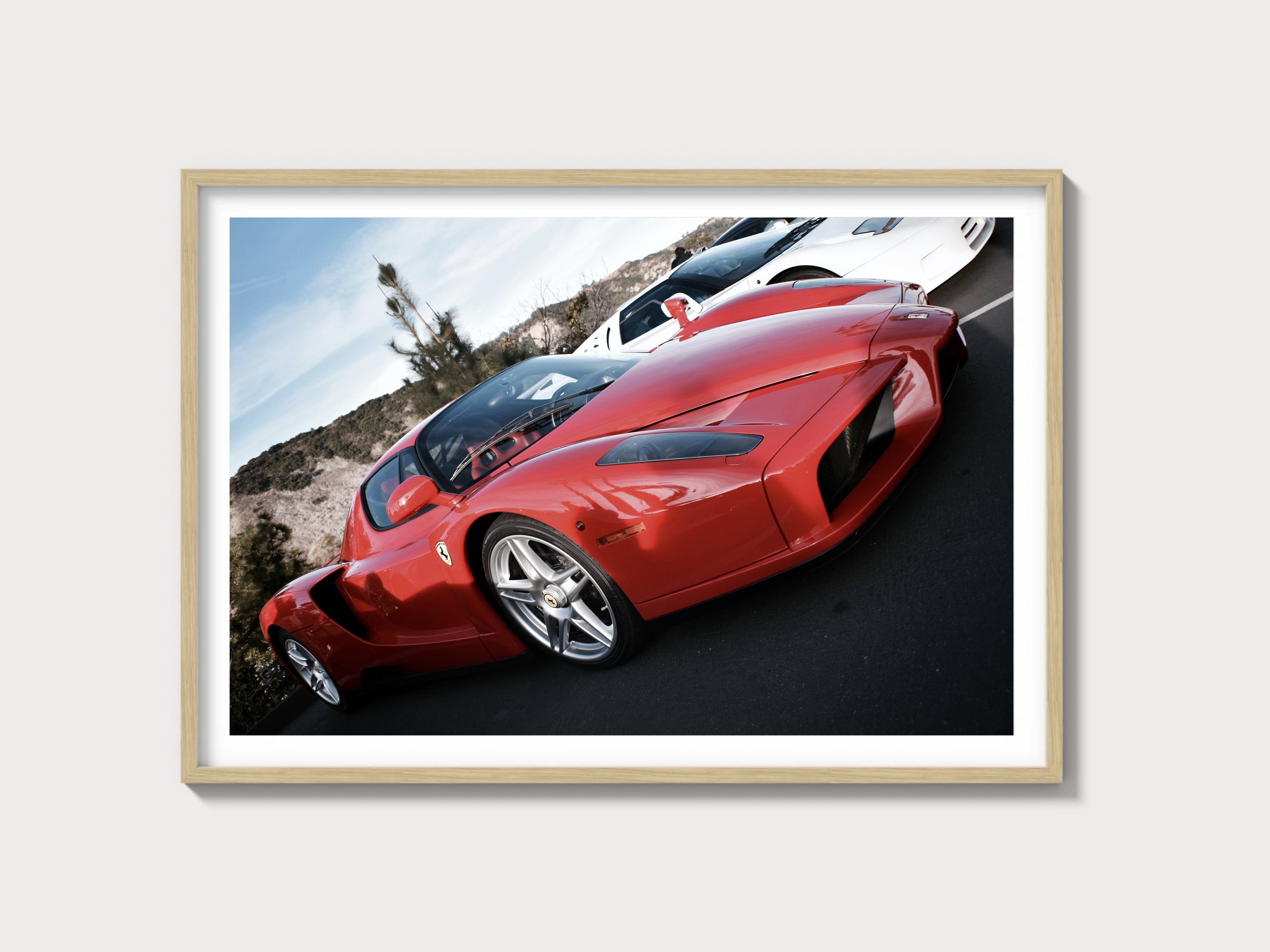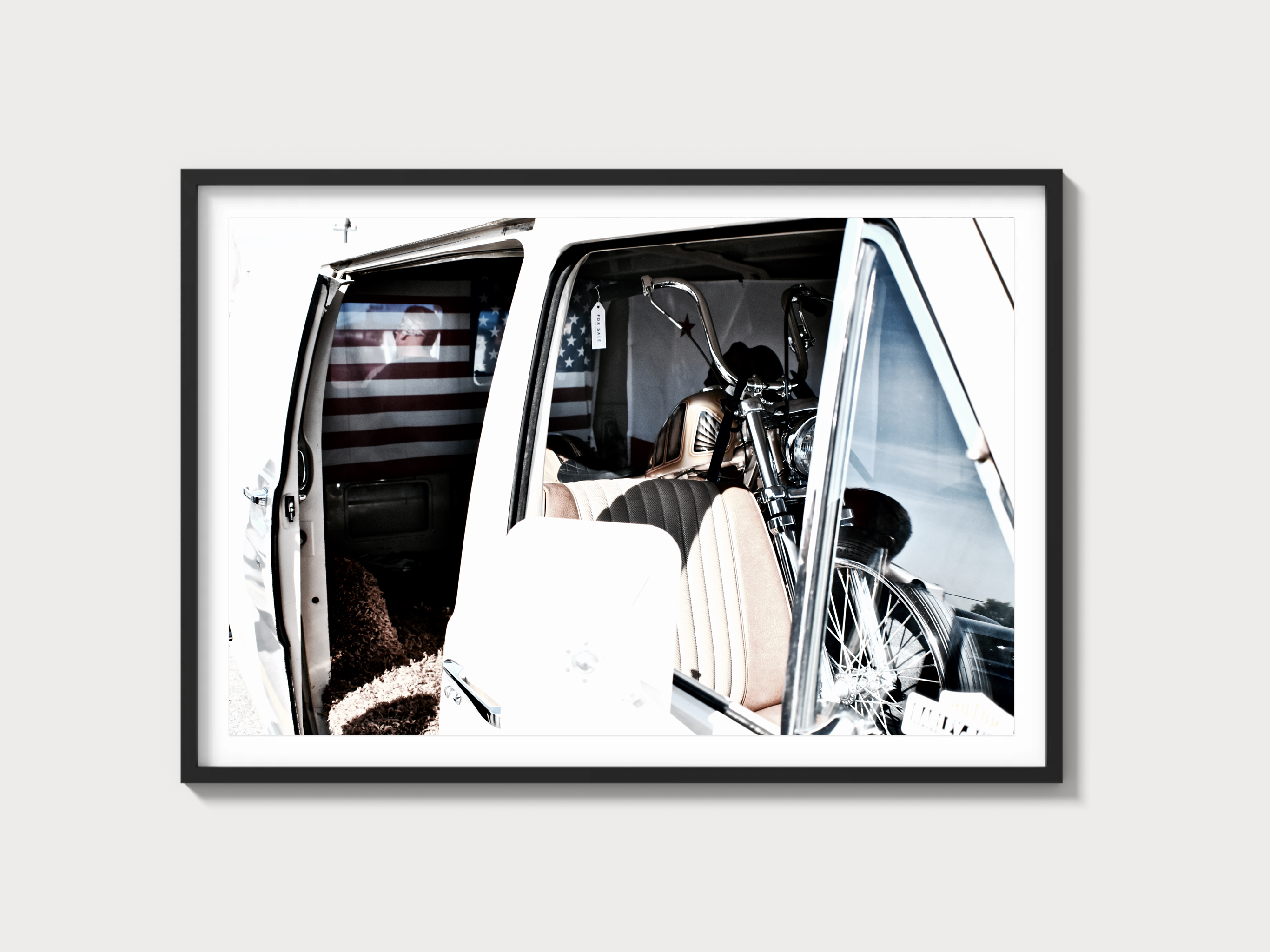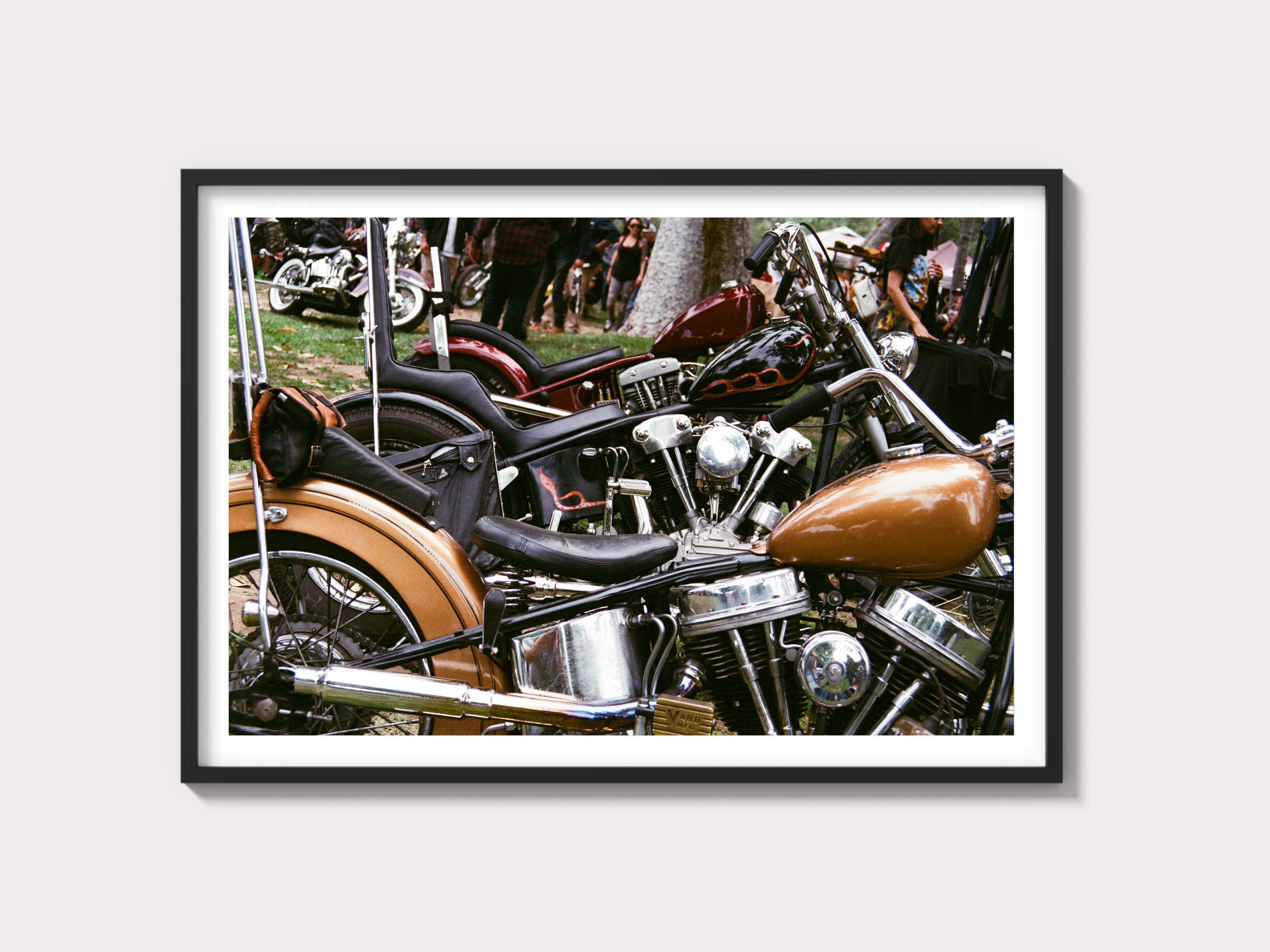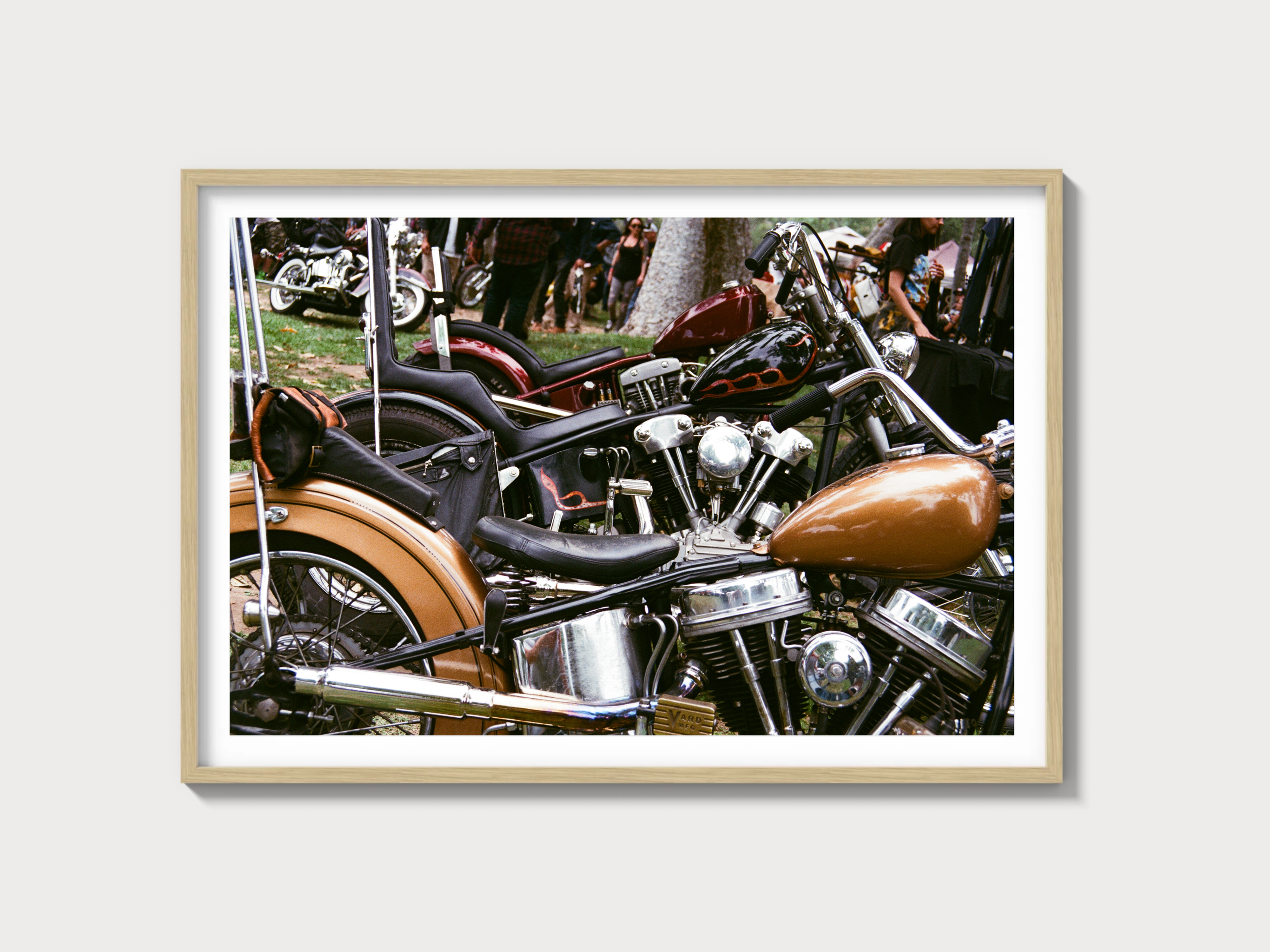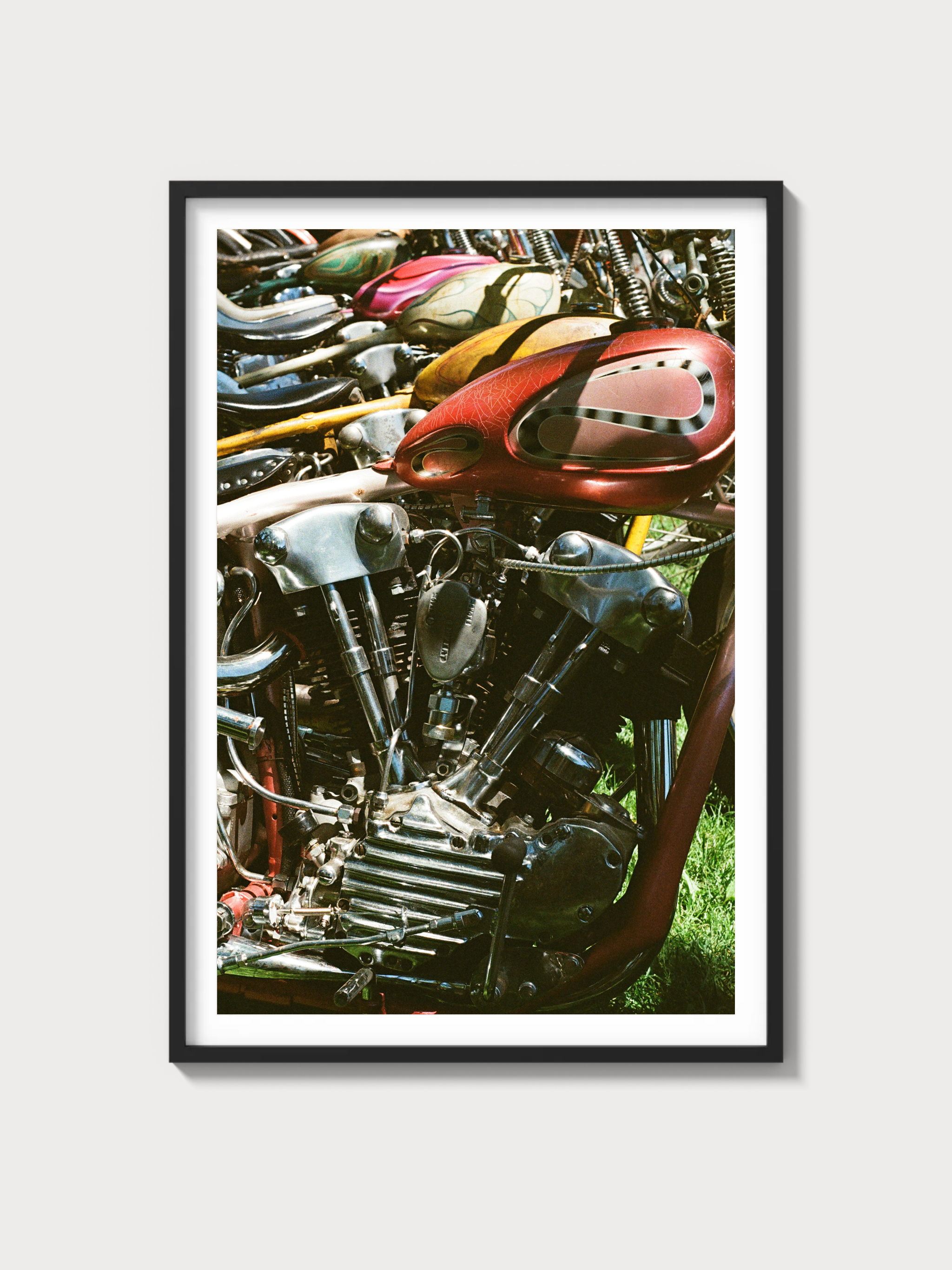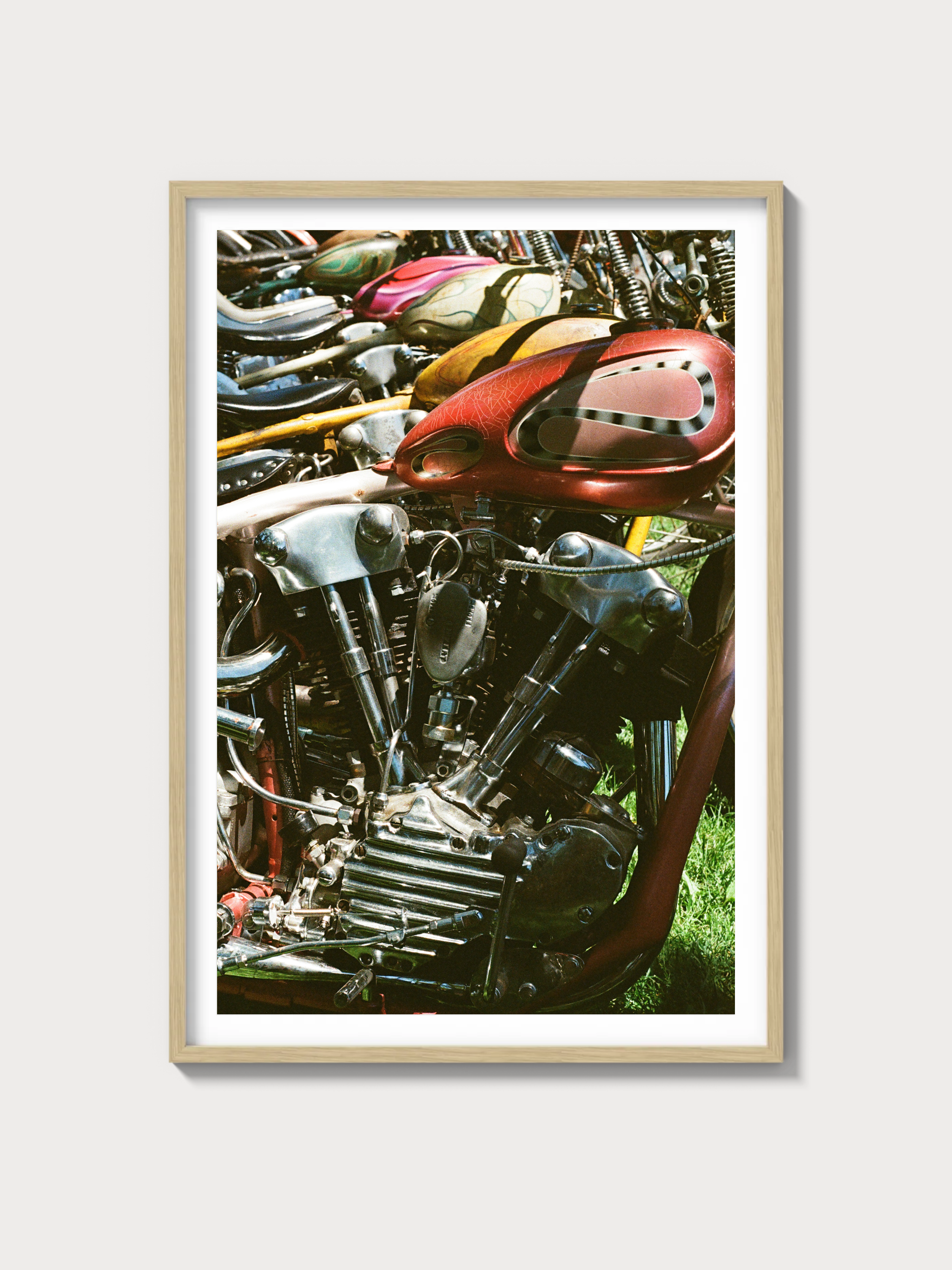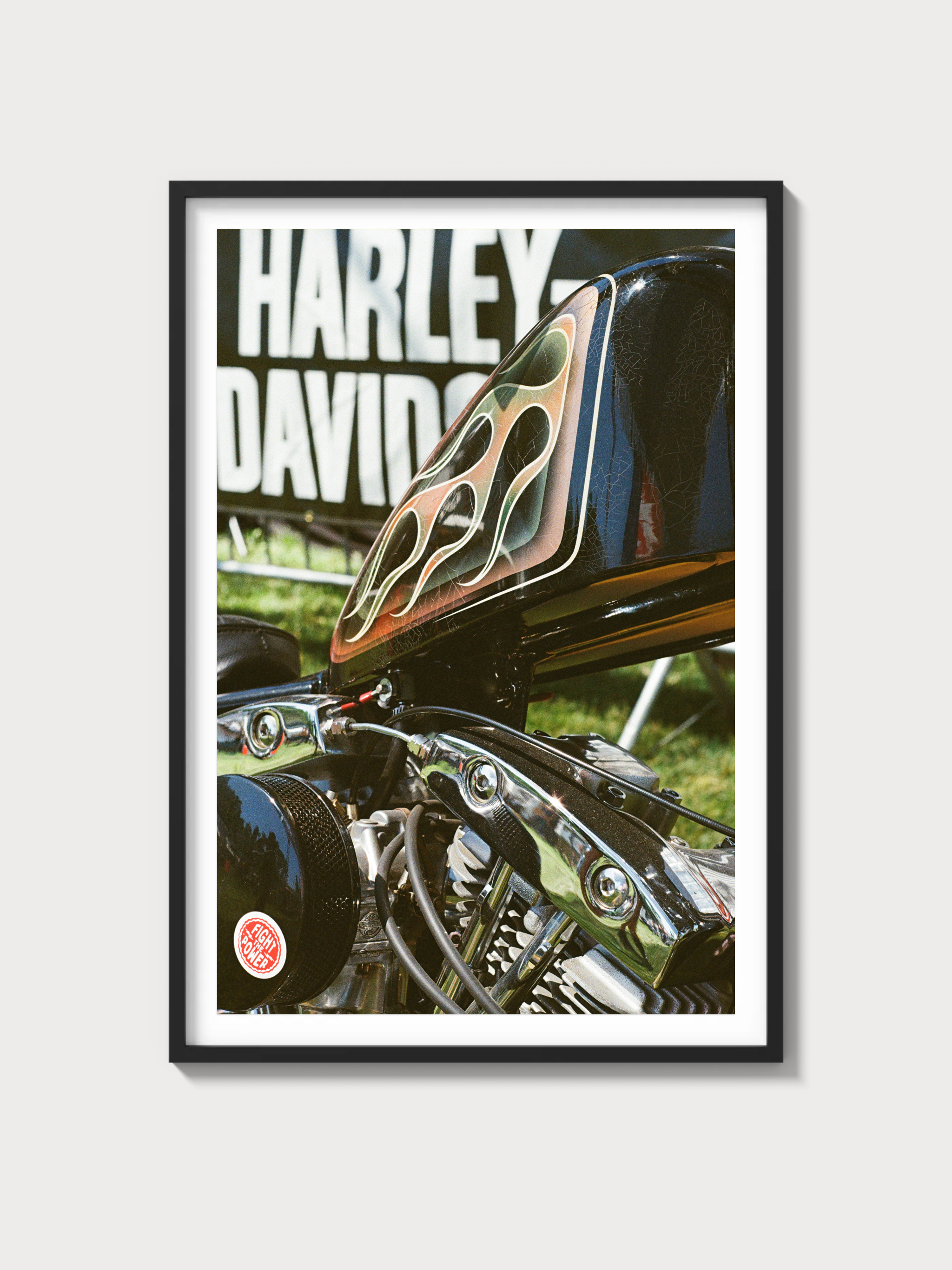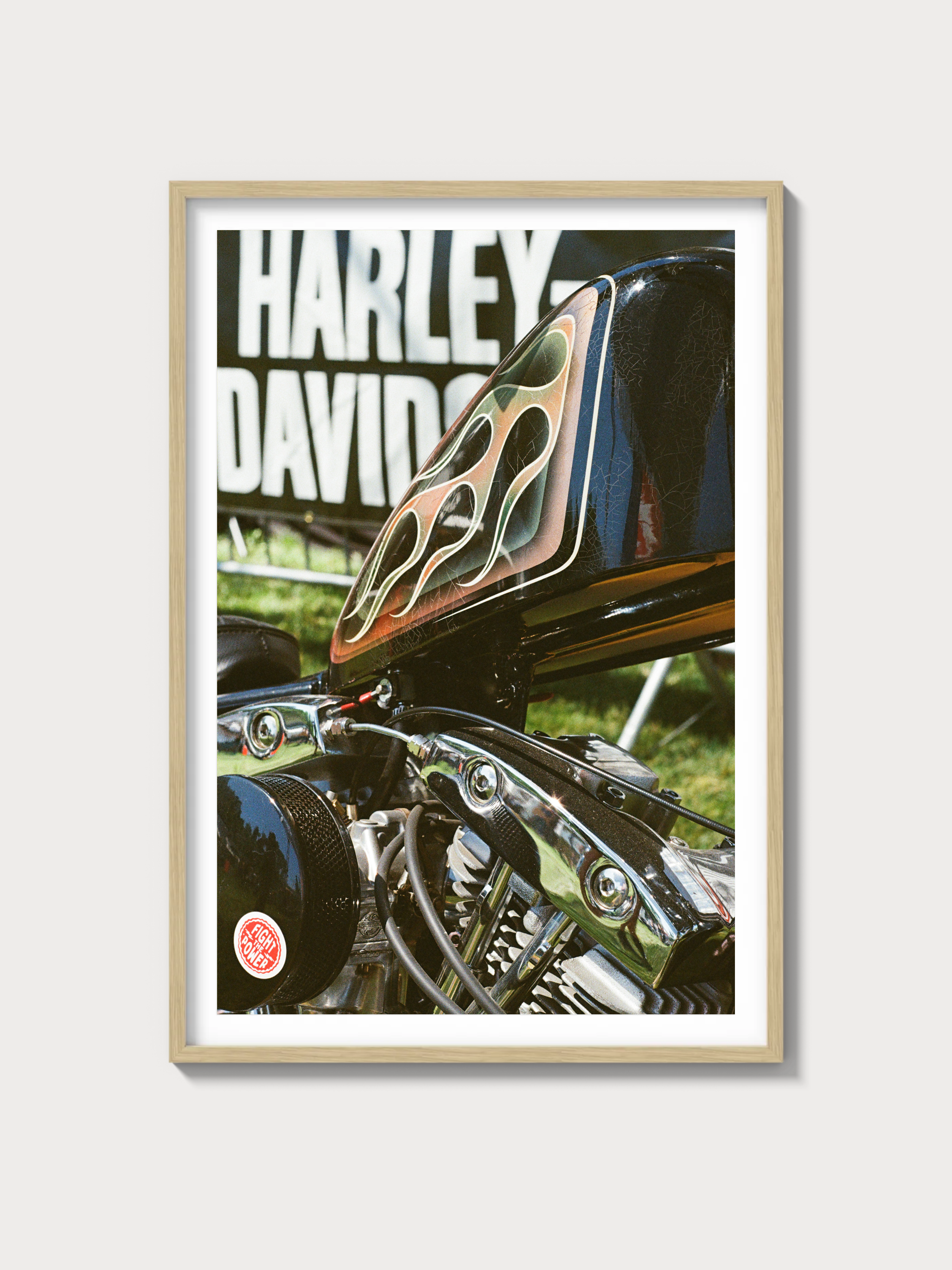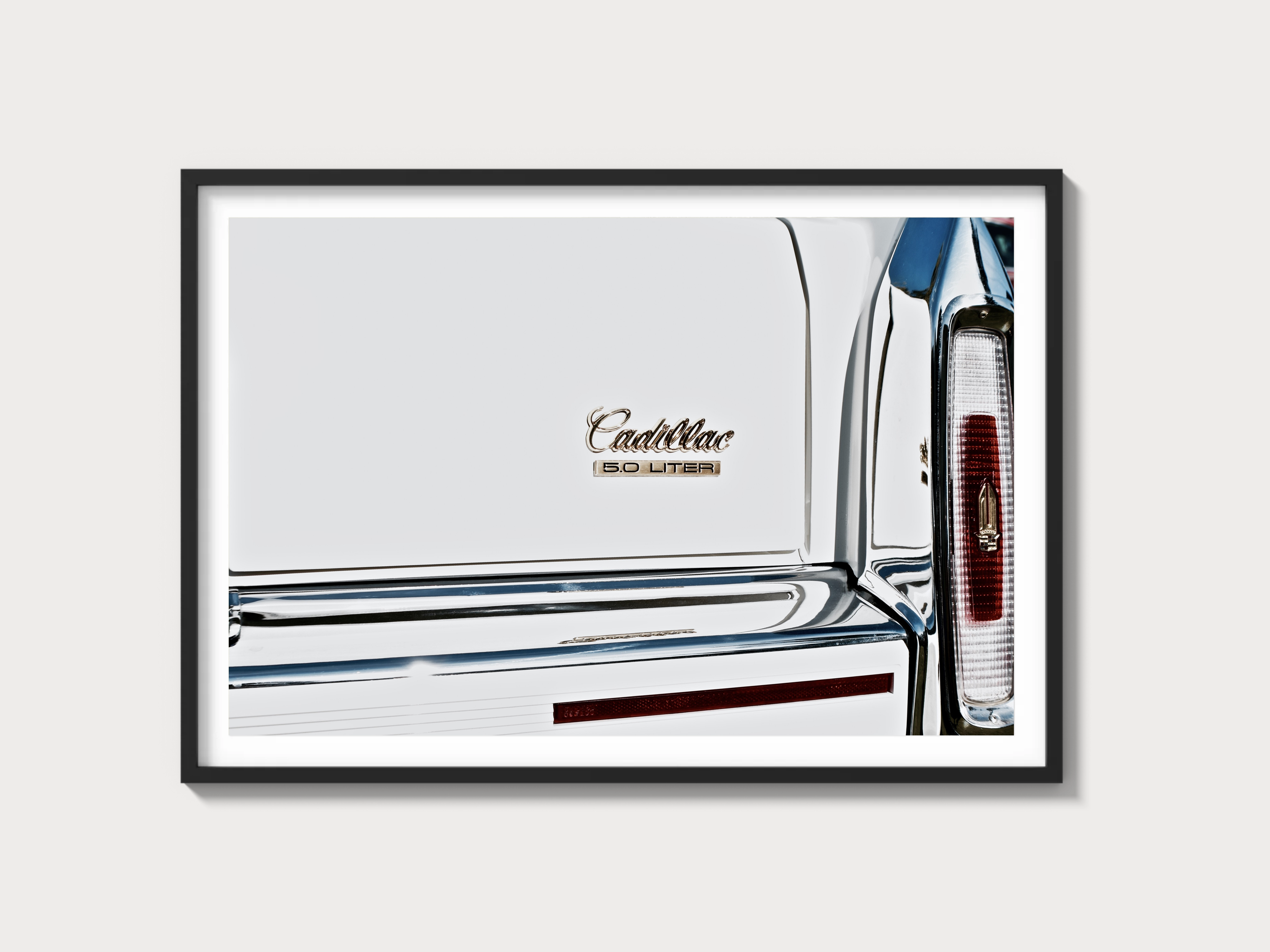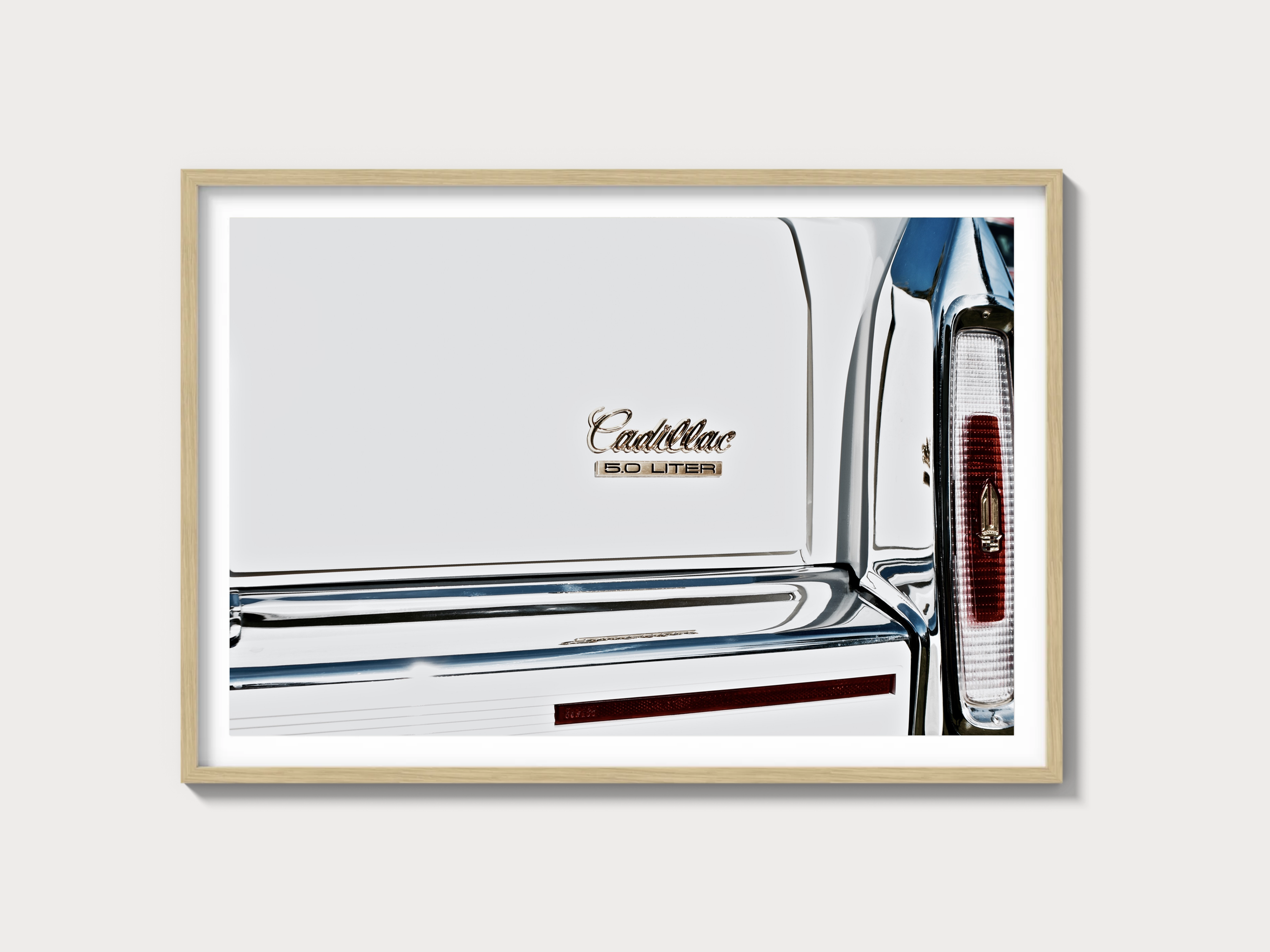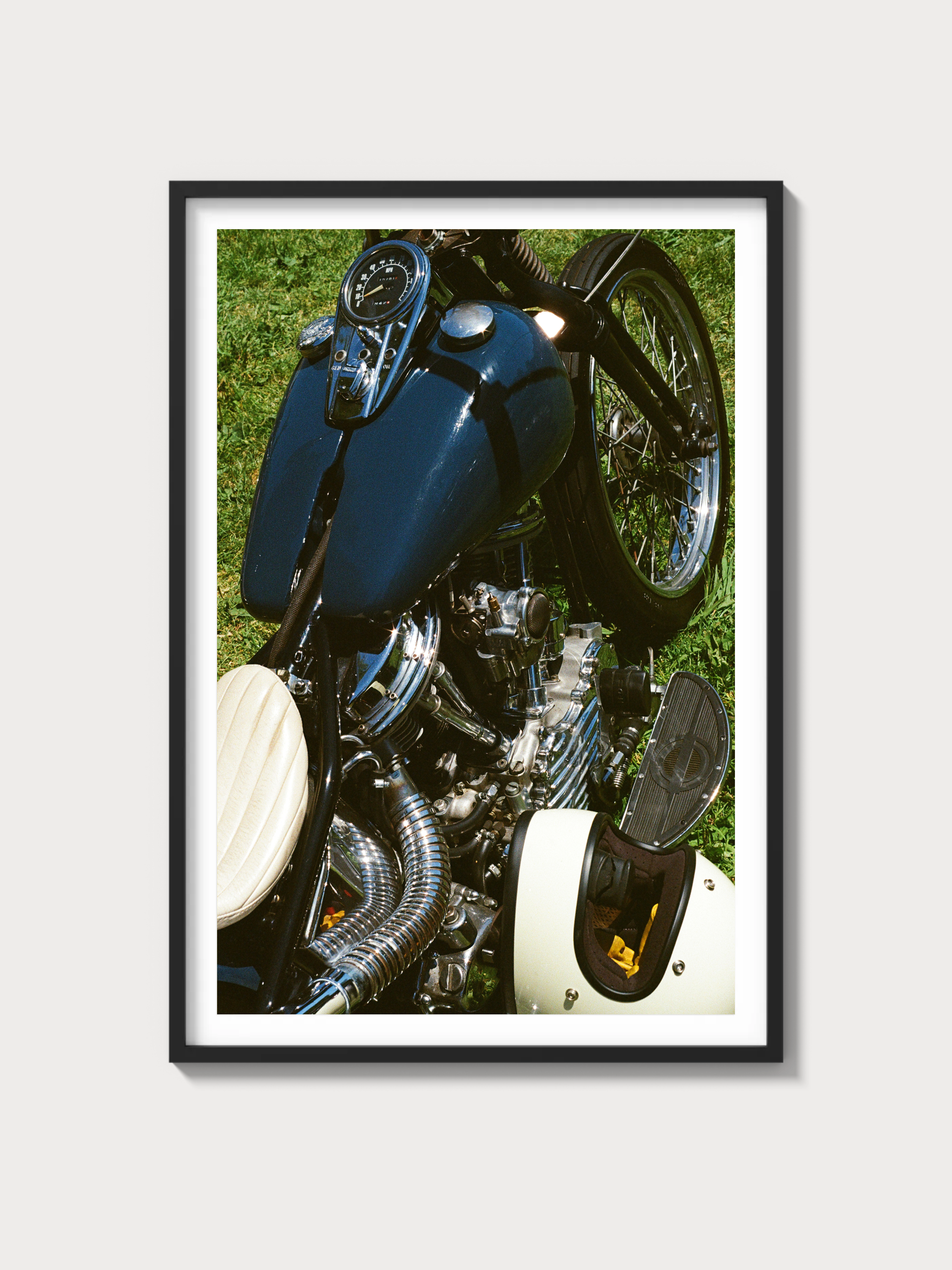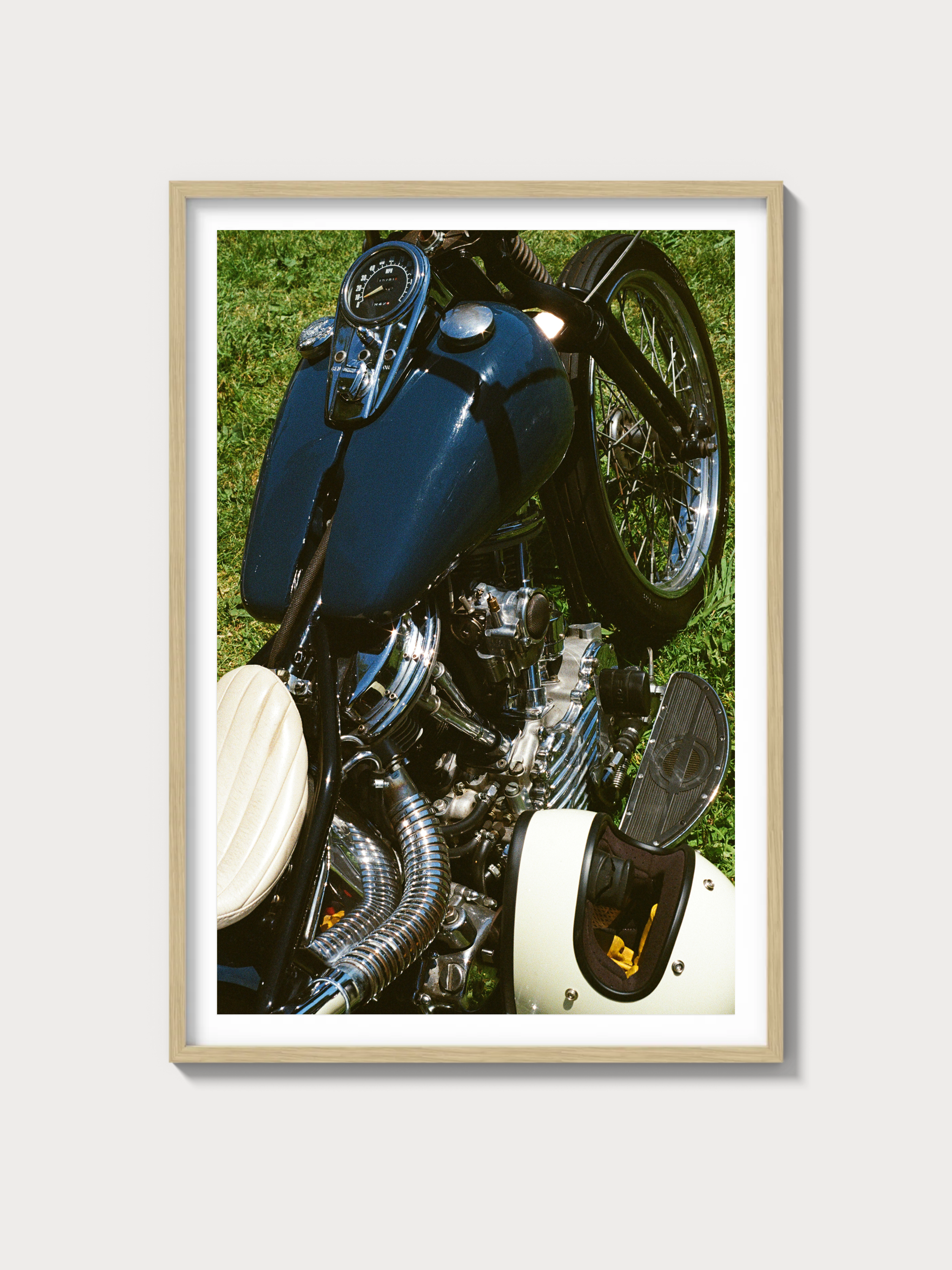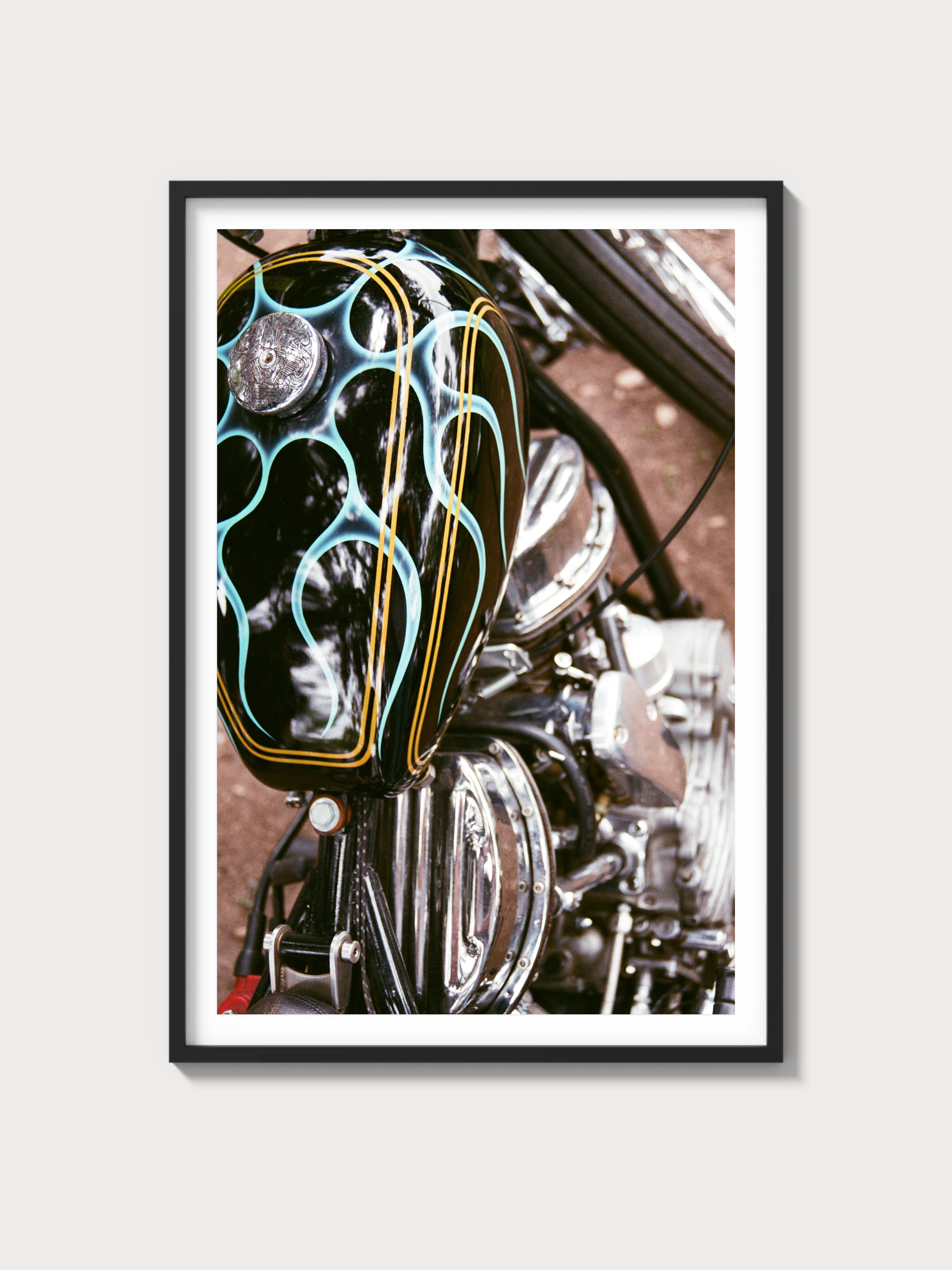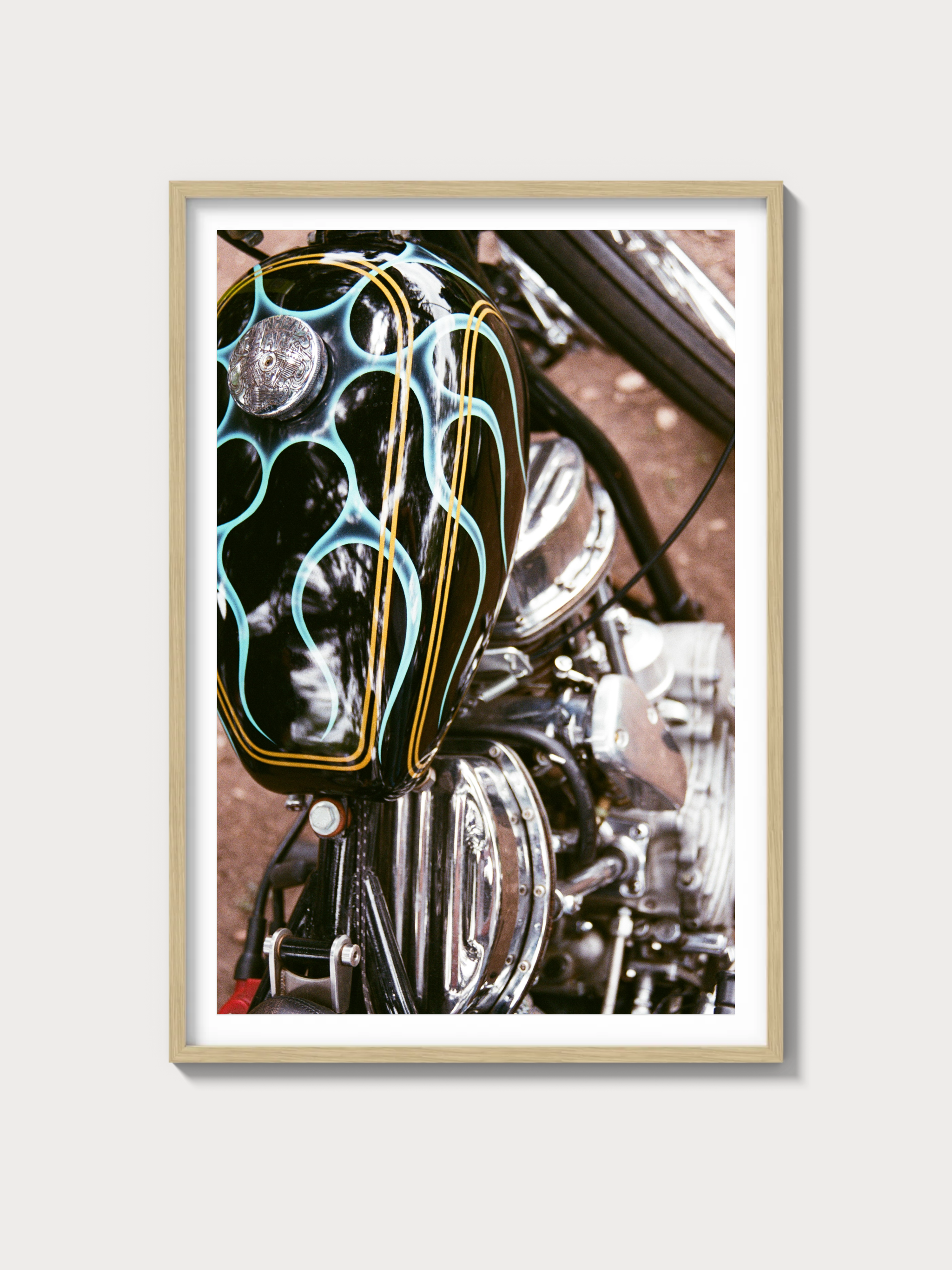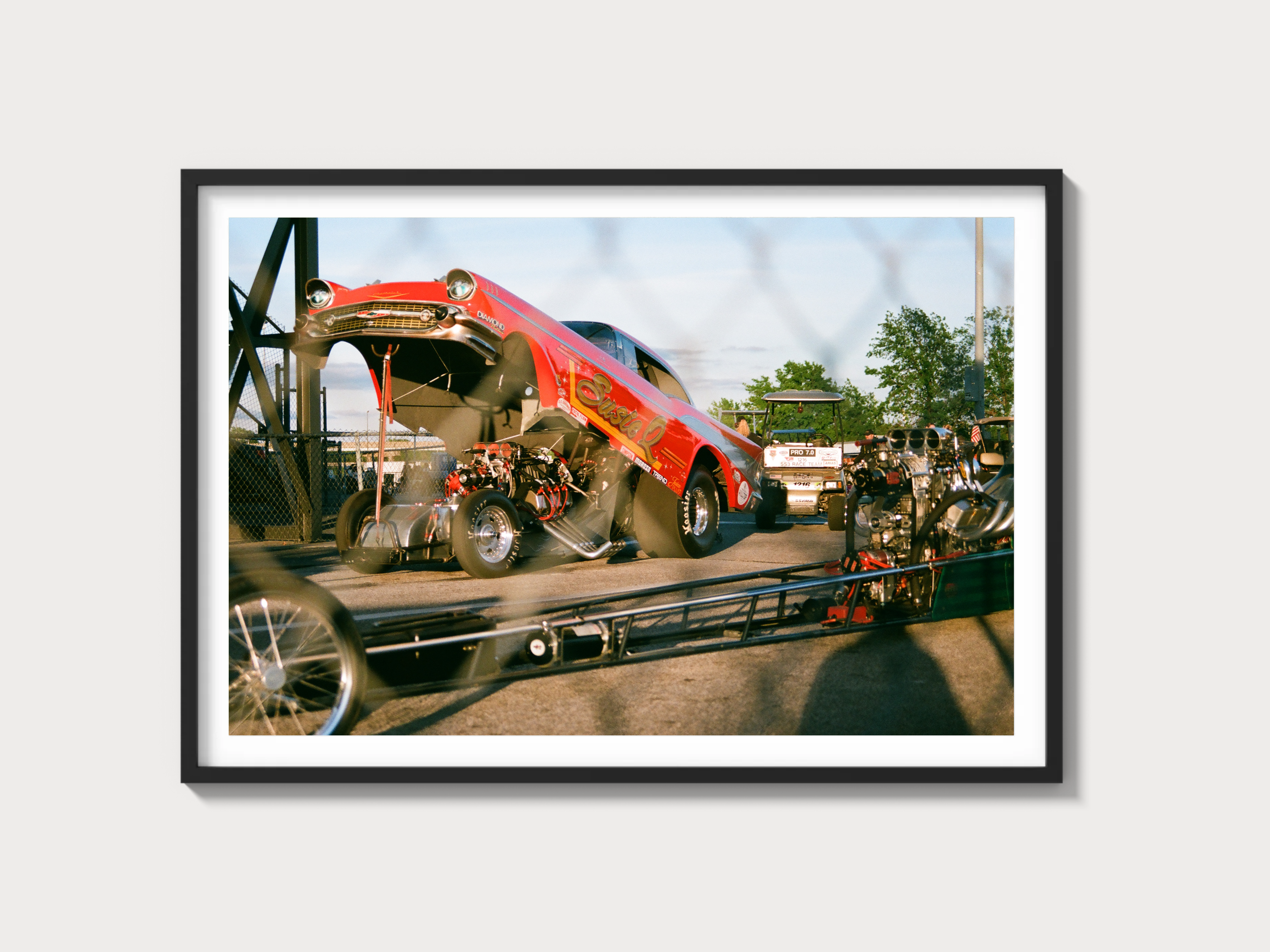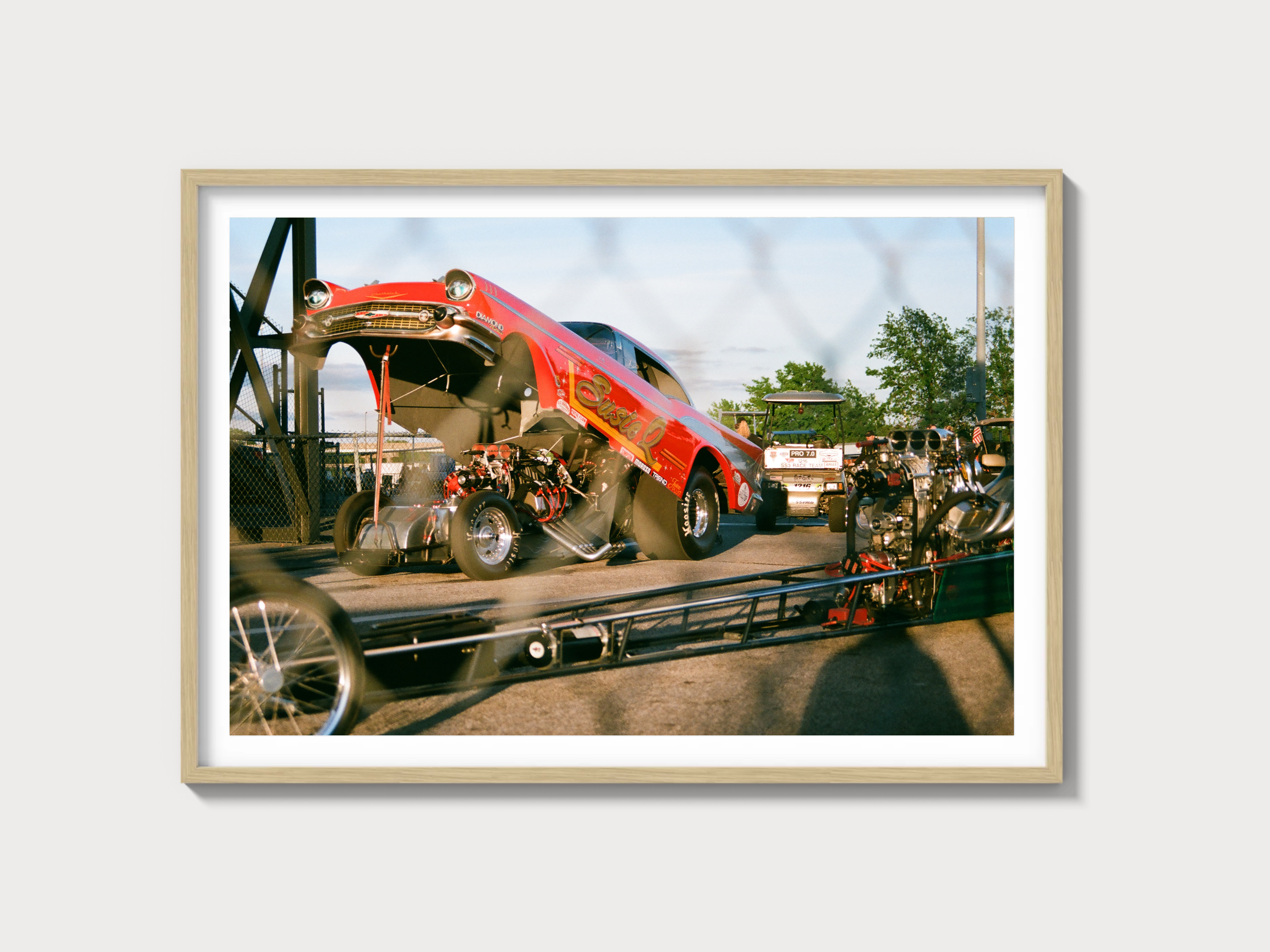1988–2002 Chevrolet C/K Base (GMT400): The Work-Bench of a Generation
Historical Context and Development Background
General Motors launched the fourth-generation C/K—internal code GMT400—for the 1988 model year, replacing the long-running square-body trucks. The new platform reflected a decisive move toward aerodynamics, refinement, and modularity, with cleaner surfacing, better NVH suppression, and a chassis engineered to scale from half-ton (1500) to one-ton (3500) duties. Chevrolet positioned the Base models—badged Cheyenne early on and later joined by the Work Truck (W/T) package—as fleet and value-focused configurations that delivered the essential robustness of GMT400 without frills.
Corporate priorities centered on breadth: regular, extended, and crew cabs; short and long beds; stepside and fleetside boxes; two- and four-wheel drive; plus a wide powertrain matrix. The lineup evolved steadily: a mid-cycle facelift and a thoroughly revised interior arrived in the mid-1990s, Vortec engines with multi-point fuel injection brought meaningful power and drivability gains for 1996, and GM introduced a passenger-side third door on extended cabs for added utility. While the successor GMT800 Silverado bowed later, the GMT400 continued in select markets and in “Classic” form, underscoring the depth of its industrial footprint.
Competitively, the C/K Base squared up against Ford’s F-Series (from the late eighth through the tenth generation), the reinvented Dodge Ram that debuted for 1994, and the Toyota T100 in the import corner. Chevrolet’s strategy relied on a refined chassis, widely available parts, and powertrains that towed hard yet shrugged off abuse—attributes that made GMT400 a common sight in municipal fleets, farmyards, and contractor yards alike.
Engine and Technical Specifications
Base-trim C/K models were typically delivered with the 4.3-liter V6 in 1500 applications, with small-block V8s as options; heavy-duty 2500/3500 variants commonly escalated to V8 power, including the big-block and the available diesel in select years. Below is a consolidated snapshot of the key engines encountered on Base-spec GMT400 trucks.
| Engine (RPO) | Configuration | Displacement | Horsepower | Induction | Redline/Rev Limit (approx) | Fuel System | Compression | Bore x Stroke |
|---|---|---|---|---|---|---|---|---|
| 4.3L V6 LB4 (’88–’95) | 90° V6, OHV, 12v | 262 cu in (4.3 L) | ~160–165 hp (varies by year) | Naturally aspirated | ~5,000 rpm | TBI (throttle-body injection) | ~9.3:1 | 4.00 in x 3.48 in |
| 4.3L V6 L35 Vortec (’96–’02) | 90° V6, OHV, 12v | 262 cu in (4.3 L) | ~190–200 hp | Naturally aspirated | ~5,200–5,600 rpm | CSFI/MFI (central sequential; later MFI upgrade) | ~9.2:1 | 4.00 in x 3.48 in |
| 5.0L V8 L03 (’88–’95) | 90° V8, OHV, 16v | 305 cu in (5.0 L) | ~170–175 hp | Naturally aspirated | ~5,000 rpm | TBI | ~9.3:1 | 3.74 in x 3.48 in |
| 5.0L V8 L30 Vortec (’96–’98) | 90° V8, OHV, 16v | 305 cu in (5.0 L) | ~230 hp | Naturally aspirated | ~5,200 rpm | Sequential MPFI (Vortec) | ~9.1:1 | 3.74 in x 3.48 in |
| 5.7L V8 L05 (’88–’95) | 90° V8, OHV, 16v | 350 cu in (5.7 L) | ~190–210 hp | Naturally aspirated | ~5,000 rpm | TBI | ~9.3:1 | 4.00 in x 3.48 in |
| 5.7L V8 L31 Vortec (’96–’99/’00 Classic) | 90° V8, OHV, 16v | 350 cu in (5.7 L) | ~255 hp | Naturally aspirated | ~5,200 rpm | Sequential MPFI (Vortec) | ~9.4:1 | 4.00 in x 3.48 in |
| 6.2L Diesel V8 (’88–’91) | 90° V8, OHV, 16v | 379 cu in (6.2 L) | ~150–160 hp | Naturally aspirated | ~3,600 rpm | Indirect injection (mechanical) | ~21.3:1 | 3.98 in x 3.80 in |
| 6.5L Diesel V8 (’92–’00; turbo variants) | 90° V8, OHV, 16v | 395 cu in (6.5 L) | ~190–215 hp (turbo) | Turbocharged (select models) | ~3,400–3,600 rpm | Indirect injection (electronic control) | ~21.3:1 | 4.06 in x 3.82 in |
| 7.4L V8 L19/L29 (’91–’00 HD) | 90° V8, OHV, 16v (big-block) | 454 cu in (7.4 L) | ~230 hp (TBI) to ~290 hp (Vortec) | Naturally aspirated | ~4,400–4,800 rpm | TBI (early), MPFI (Vortec) | ~8.0:1 (early) to ~9.0:1 (Vortec) | 4.25 in x 4.00 in |
Drivetrain, Chassis, and Dynamics
The GMT400 chassis set a benchmark for isolation and control in a body-on-frame pickup. Base C/Ks used a front short/long-arm (SLA) setup with coil springs on two-wheel-drive models and an independent torsion-bar arrangement on four-wheel-drive K-series trucks. All rode on a live rear axle located by leaf springs. Steering used a power-assisted recirculating-ball box tuned for a relaxed on-center with predictable build-up. Brake hardware was disc front/drum rear across light-duty models during the run, with anti-lock braking widely available.
On the road, a 4.3 V6 C1500 Base feels honest and unfiltered, with modest thrust but crisp throttle response in TBI guise and a stronger midrange in Vortec form. The 5.7 V8 transforms the truck—torquier, quieter under load, and easier to keep in the meat of the powerband, particularly when paired with the electronically controlled 4L60-E. Heavy-duty 2500/3500s with the 4L80-E display an entirely different character: long-legged gearing, heavier pedal efforts, and a planted rear under trailer load. The manuals (NV3500 in light-duty; NV4500 in HD) reward deliberate shifts; the HD NV4500 is notably robust but notchy when cold.
Full Performance Specs (Representative)
Performance spans a wide range depending on cab/bed, drivetrain, axle ratio, and engine. The figures below reflect typical period-test results and factory specifications for commonly encountered Base configurations.
| Configuration | 0–60 mph | Quarter-mile | Top Speed (governed) | Curb Weight | Layout | Brakes | Suspension | Gearbox |
|---|---|---|---|---|---|---|---|---|
| C1500 Base, 4.3 V6, 2WD, auto | ~10–11.5 s | ~17.8–18.5 s @ ~75–79 mph | ~95–98 mph | ~4,200–4,600 lb | Front-engine, RWD | Front disc / rear drum, ABS available | SLA coils (F) / Leaf (R) | 700-R4/4L60/4L60-E (4-sp auto) or NV3500 (5-sp man) |
| C1500 Base, 5.7 V8, 2WD, auto (Vortec) | ~8.5–9.2 s | ~16.3–16.9 s @ ~84–87 mph | ~98–100 mph | ~4,300–4,800 lb | Front-engine, RWD | Front disc / rear drum, ABS available | SLA coils (F) / Leaf (R) | 4L60-E (4-sp auto) or NV3500 (5-sp man) |
| K2500 Base, 6.5 Turbo Diesel, 4WD, auto | ~10–12 s | ~17.5–18.5 s | ~92–96 mph | ~5,200–6,000 lb | Front-engine, 4WD | Front disc / rear drum, ABS available | IFS torsion bars (F) / Leaf (R) | 4L80-E (4-sp auto) or NV4500 (5-sp man) |
| C/K 2500/3500 Base, 7.4 V8, HD | ~8.8–10.0 s | ~16.8–17.5 s | ~95–98 mph | ~5,000–6,500 lb | Front-engine, RWD/4WD | Front disc / rear drum, ABS available | SLA/Torsion (F) / Leaf (R) | 4L80-E (4-sp auto) or NV4500 (5-sp man) |
Note: All performance figures are approximate and vary by axle ratio, wheel/tire, cab/bed, altitude, and test methodology.
Variant Breakdown: Base, Cheyenne, and W/T
The Base concept in the GMT400 era was executed through evolving trim labels. Chevrolet’s lowest-content spec emphasized durability: vinyl or basic cloth bench seats, rubber flooring, manual windows/locks, minimal brightwork, and fleet-friendly color palettes. The table below summarizes the principal Base executions.
| Years | Trim/Edition | Models | Standard Engine (typical) | Key Differences | Production Numbers |
|---|---|---|---|---|---|
| 1988–1993 | Cheyenne (Base) | C/K 1500, 2500, 3500 | 4.3L V6 (1500); V8s optional | Basic trim, fleetside beds prevalent; sealed-beam front lamps initially; minimal brightwork | Not individually published by GM |
| 1994–1995 | Cheyenne + W/T 1500 | C/K 1500 (W/T); 2500/3500 (Cheyenne) | 4.3L V6 | Updated grille/fascia; W/T badging; black bumpers; vinyl bench; fleet colors | Not individually published by GM |
| 1996–1998 | W/T 1500; Base (HD) | C/K 1500, 2500, 3500 | 4.3L V6 (1500); 5.7L/7.4L & 6.5L Diesel available | Vortec engines; revised interior; available extended-cab third door | Not individually published by GM |
| 1999–2000 | C/K Classic Base/W/T | 1500/2500/3500 (select) | 4.3L/5.7L gas; 6.5L Diesel (select) | Old-body (GMT400) continuation alongside new Silverado | Not individually published by GM |
| 2001–2002 (select markets) | Base (regional) | Applications varied | Market-dependent | Continuation of GMT400 production outside primary U.S. retail focus | Not individually published by GM |
Ownership Notes: What Enthusiasts and Fleet Managers Know
- Powertrains: The 4.3 V6 is durable with regular oil changes; Vortec V8s (L31/L30) deliver excellent drivability. Known items include intake manifold gasket seepage on Vortec small-blocks if coolant service is neglected.
- Fuel Systems: Early central-port Vortec injection (CSFI) uses poppet nozzles that can stick with varnish; GM’s later MFI retrofit “spider” is a popular, reliable upgrade.
- Transmissions: The 700-R4/4L60/4L60-E is smooth but sensitive to heat and maintenance; overrun clutches and sun-shell failures are the common autopsy notes. The 4L80-E (HD) is stout. NV3500 synchros wear with repeated heavy towing; NV4500 is heavy-duty but requires the correct fluid.
- Diesel Specifics: The 6.5 Turbo Diesel’s pump-mounted driver (PMD) module is a known weak link; remote-mount relocation kits improve longevity. Cooling stack cleanliness is critical under load.
- Chassis and Brakes: Front-end consumables—idler arms, pitman arms, ball joints—are wear items, especially on 4x4s with larger tires. Rear drum self-adjusters benefit from periodic attention. Kelsey-Hayes ABS modules on some trucks were subject to service campaigns addressing low-speed activation concerns.
- Rust Watch: Cab corners, rockers, lower doors, bed wheel arches, and rear brake lines are the usual corrosion zones. Frame scaling near the rear shackle hangers is worth inspection in salted regions.
- Service Intervals: Follow the severe-duty schedule if the truck tows or sees short-trip duty—regular oil and filter changes, transmission service, differential fluid exchange, and periodic coolant flushes (especially important on Vortec engines) keep these trucks healthy.
- Parts Availability: Outstanding. OE and aftermarket support is deep for mechanical, body, and trim, with reproduction panels and interior plastics readily sourced.
- Restoration Difficulty: Straightforward. Bodywork and rust remediation are the time sinks; mechanicals are accessible and well-documented. Electrical systems are simple by modern standards.
Cultural Relevance and Market Notes
Chevrolet’s GMT400 C/K Base became the default image of an American work truck—seen in municipal fleets, utility livery, ranch gates, and small-business signage from coast to coast. Its ubiquity in period news footage, advertisements, and background film/TV work cemented the silhouette in collective memory. Among enthusiasts, the cleanest regular-cab, short-bed 1500s—especially Vortec 5.7 trucks—have become low-key collectibles for their simplicity and analog driving feel.
Public sales data shows a wide spread: driver-grade Base examples typically trade in accessible four- to low-five-figure territory depending on condition, mileage, engine, and configuration, while exceptional, low-mileage survivors and carefully preserved fleet finds can reach strong five-figure results. Short-bed, two-wheel-drive V8 trucks in original paint and unmodified condition are the most pursued within the Base ecosystem.
FAQs
Is the 5.7 Vortec in the C/K Base reliable?
Yes—when serviced. It is robust and torquey, with common watch items being intake manifold gaskets and the central-port injector spider on early Vortec systems. Many owners retrofit the MFI spider and keep coolant changes current.
What transmissions came in Base trucks?
Light-duty models commonly used the 700-R4/4L60/4L60-E four-speed automatics or the NV3500 five-speed manual. Heavy-duty 2500/3500s used the 4L80-E automatic or NV4500 manual.
How quick is a Base 1500 with the 4.3 V6?
Typically around 10–11.5 seconds to 60 mph in period testing, depending on axle ratio, cab/bed, and transmission.
What issues affect the 6.5 Turbo Diesel?
Heat management and the injection pump’s PMD module are the headline items. Remote-mounting the PMD and ensuring good airflow through the cooling stack are widely accepted preventative measures.
Did Base trucks have ABS?
Anti-lock braking was widely available across GMT400; early light-duty models commonly featured rear-wheel ABS, with broader ABS availability as the generation progressed.
What is the factory-governed top speed?
Most gasoline light-duty Base trucks are electronically limited to roughly the high-90-mph range; diesels and heavy-duty variants may be set lower.
What’s the curb weight of a Base C1500?
Expect roughly 4,200–4,800 lb for a regular-cab 2WD, varying with bed length and equipment. HD and 4x4 models weigh more.
Are parts still easy to find?
Yes. The GMT400’s popularity ensures strong availability of OEM and aftermarket components, including wear items and sheet metal.
What is the difference between Cheyenne and W/T?
Cheyenne denoted the base trim early in the run. Chevrolet later introduced the W/T (Work Truck) package—especially on 1500s—as a stripped, fleet-focused spec with black bumpers, vinyl flooring, and minimal trim.
Is four-wheel disc braking available on these Base models?
On GMT400 light-duty trucks, the typical arrangement remained front discs and rear drums. Four-wheel discs became common on many successors.




